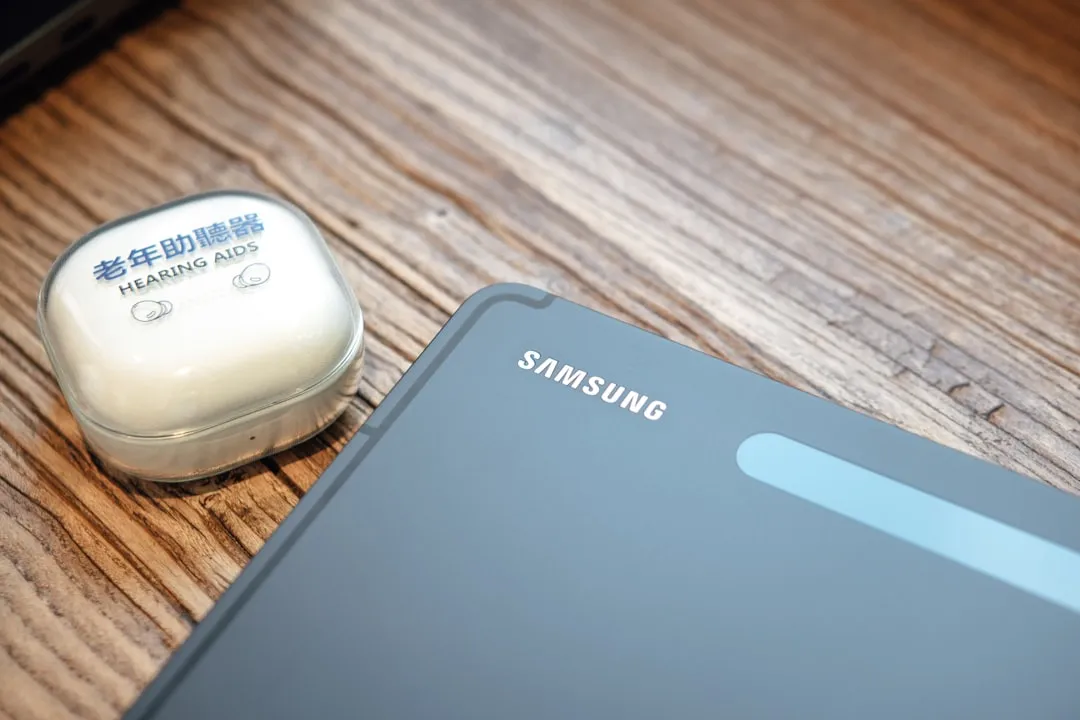Smartglasses maker Vuzix has emerged with the first hardware powered by the Snapdragon XR1 chip, roughly nine months after Qualcomm introduced the chipset designed to drive augmented reality wearables at the Augmented World Expo in Santa Clara.
On Monday, at the Mobile World Congress in Barcelona, Vuzix unveiled the M400 model of its enterprise line of smartglasses, which will take advantage of the power-efficient XR1 and its AR-specific features, such as an embedded AI engine for crunching tasks like object recognition, voice commands, motion tracking, and head tracking.
- Don't Miss: Microsoft Unveils the HoloLens 2
"Snapdragon XR1 is the first dedicated XR platform from Qualcomm Technologies targeted to the class of devices that Vuzix has mastered. Vuzix's focus on wearability, experience, and form factor combined with XR1 will drive smartglasses to the next level," said Hugo Swart, head of XR at Qualcomm Technologies, in a statement.
"Qualcomm Technologies is a strong believer in the smartglasses segment for the enterprise. We look forward to seeing our collaboration with Vuzix help scale adoption in enterprises and become a mainstream device to help increase employee productivity in the new era of AI and immersive computing."
Vuzix expects the next-generation smartglasses to enter volume production this summer, with pricing and other details following in the spring. Absent a price tag, since the M300 retails for $999 and the M300XL sells for $1499, one would assume that the company would not deviate far from those price benchmarks.
While Vuzix has not disclosed many specifics of the device with this announcement, the company did note that the M400 will run on Android and will feature USB-C connectivity. And thanks to the XR1 chip, customers can expect improvements in every category. For instance, Vuzix announced last year that its next-generation smartglasses would include an upgraded light engine (the component that generates visual AR content) from Plessey
- Don't Miss: Vuzix Blade Smartglasses Will Tell if the Weaterh Outside is Frightful with Accuweather App
"The Qualcomm Snapdragon XR1 platform with built-in artificial intelligence capabilities offers a platform of improved interactivity, power consumption, and thermal efficiency," said Paul Travers, president and CEO of Vuzix.
"The Vuzix M400 Smart Glasses were designed to be best-in-class in enterprise and come equipped with Qualcomm's XR1 processor; larger memory profile; better noise cancelling; a multi-finger supported touchpad, built-in GPS, and more... The performance improvements also mean that for less processor-intensive applications, power consumption is expected to also be much less. Qualcomm Technologies has been a great partner for Vuzix and we look forward to expanding our relationship to support the burgeoning AR smart glasses market."
Upon the original announcement for the XR1, Vuzix and Meta were the first companies to affirm their plans to adopt the chipset, with other reports linking an in-development Google AR/VR headset to the XR1 as well. Considering Meta's current state of affairs, it's little surprise that Vuzix is the first company out of the gate with the XR1 in tow.
And while Vuzix has made overtures toward the consumer segment with its Blade smartglasses, the company has not forgotten that its bread and butter are enterprise customers. With Microsoft driving hard to the hoop with a focus on enterprise businesses with the HoloLens 2 and its Dynamics 365 apps in an already crowded field, it benefits Vuzix to iterate on its own hardware as well.
But will the equivalent of a heads-up display be enough for Vuzix to compete with Microsoft's leap forward in software capabilities in the HoloLens 2? That's up to the corporate decision-makers and bean counters to decide.
- Follow Next Reality on Facebook, Twitter, Instagram, YouTube, and Flipboard
- Sign up for Next Reality's daily, weekly, or monthly newsletters
- Follow WonderHowTo on Facebook, Twitter, Pinterest, and Flipboard
Cover image via Vuzix

























Comments
Be the first, drop a comment!